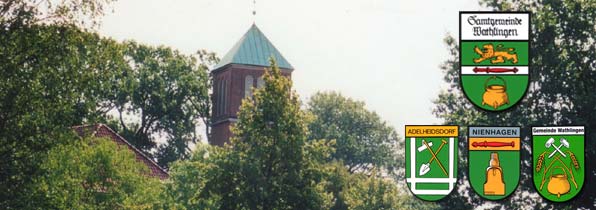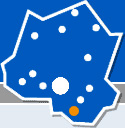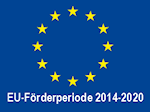Joint municipality Wathlingen: History

The joint municipality Wathlingen was formed in January 1973 as public corporation. It is made up of the member municipalities Adelheidsdorf, Nienhagen and Wathlingen and encompasses an area of 68.52 sq.km.
15,127 inhabitants live in the region of the joint municipality today according to the official population statistics of 31.12.2005.
Adelheidsdorf
encompasses Großmoor, Adelheidsdorf and Dasselsbruch. The individual districts developed when making the Großen Moor or Müggenburger Moor arable, previously it extended from Celle to Ramlingen. The dukes of Celle exploited the moor and peat cutting boomed in the early 18th century. Adelheidsdorf developed as a settlement along the country road from Hanover to Celle in the years 1824-1838. In 1831 the village was named in honour of the then Queen Adelheid of England and Hanover, the spouse of William IV.
Dasselsbruch evolved from the Dasselsgut manor farm built in 1852. The first building emerged in Großmoor in 1914 when the state moor administration building was constructed.
Today only 2,494 people live on an area covering over 33 sq.km. Cows and horses graze on the extensive meadows; birches and rowan characterise the former moor landscape. You can enjoy pure nature here – be it on horseback, on foot or riding a bicycle or in a horse carriage.
Nienhagen
(with Nienhorst) is a former Hagen settlement that was founded in 1221 with the construction of a monastery. In the 20ies large quantities of petroleum were discovered here. In the 30ies and 40ies Nienhagen was the largest German petroleum exploitation area. In 1993 the former premises of the petroleum producers was shut down and completely returned to nature. Today Nienhagen is a modern village with beautiful old half-timbered houses as can be found in Lower Saxony.
The range on offer for leisure time is varied (e.g. Europabad, indoor tennis court, riding arena...). The Hache festival is the annual highlight in the municipality. It is celebrated in remembrance of the mediaeval establishment of the Hagen settlement. As was the case in bygone tradition, the Hache feast is followed by Hache dances.
Wathlingen
Wathlingen celebrated its 975th anniversary in 1997 in remembrance of which a chime sounds to this day. The former farming village was an essential location of kali production in Germany from 1898 to 1996. The cultural life is determined by the local clubs and associations. The traditional shooting fair, the Barbara celebration of the collier club, and since 1997 the music festival during which music of different kinds sounds throughout the village are among the highlights.





